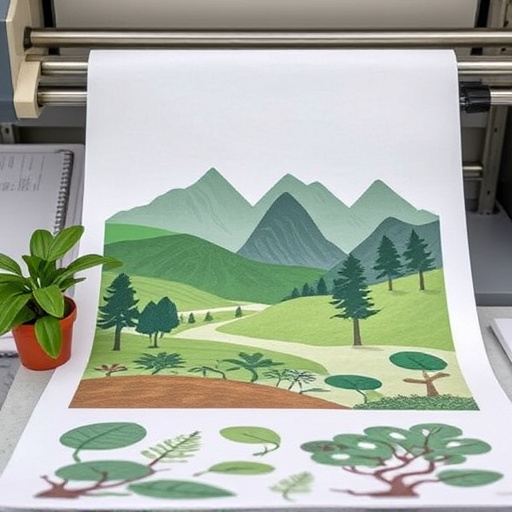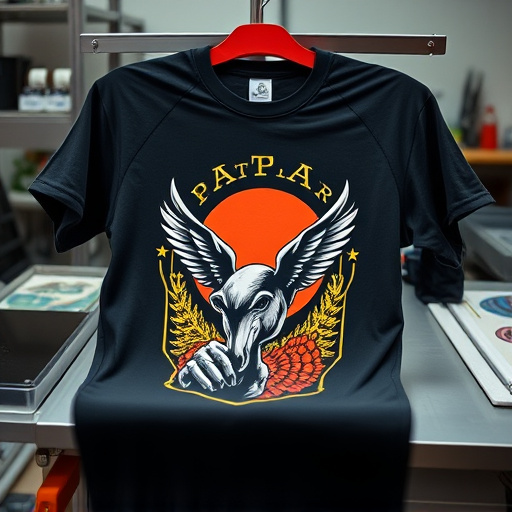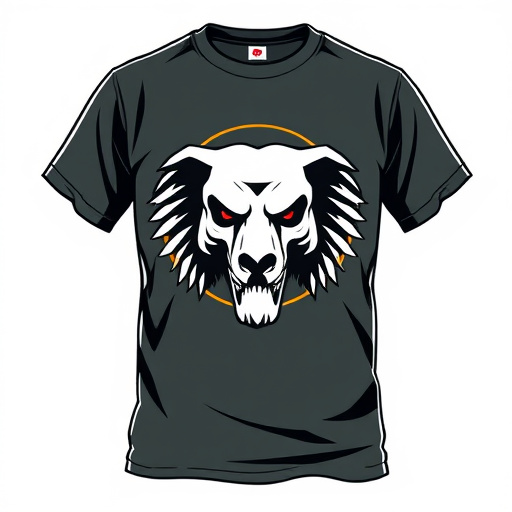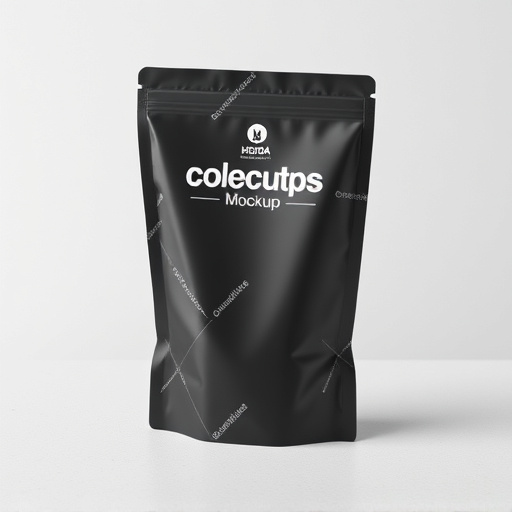The DTF (Direct to Fabric) industry is experiencing exponential growth, revolutionizing garment printing and decoration. High-quality printers drive competition, enhancing efficiency with faster turnaround times, cost-effective pricing, and expanded consumer options. Dynamic pricing strategies, initiated by numerous players, have led to a price war. Established businesses must adapt while consumers benefit from affordable custom prints. Companies explore strategies like bulk discounts and premium positioning to stay profitable in this evolving landscape where understanding audiences and trends is crucial for success.
The dynamic Digital Transformation (DTF) industry is experiencing rapid growth, reshaping market landscapes and intensifying competition. This article delves into the intricate relationship between DTF industry growth, pricing strategies, and competitive dynamics. Through analyzing market trends and industry shifts, we uncover insights that challenge conventional wisdom. Understanding these factors is crucial for businesses navigating this evolving landscape, enabling them to adapt pricing models and strengthen their competitive edge in a rapidly changing digital realm.
- DTF Growth: Market Dynamics Unveiled
- Pricing Strategies in a Evolving Landscape
- Navigating Competition: New Industry Realities
DTF Growth: Market Dynamics Unveiled

The DTF (Direct to Fabric) industry has been experiencing rapid growth, revolutionizing the way designers and manufacturers bring their creations to life. This dynamic market is reshaping the landscape of garment printing and decoration. With an increasing demand for custom sheets for heat pressing designs onto garments, or dtf transfer film, as it’s commonly known, entrepreneurs and established brands alike are exploring new avenues for expansion.
This surge in DTF Industry Growth has sparked intense competition, with various players entering the market to offer innovative solutions. The availability of high-quality, best dtf printers has enabled businesses to streamline their production processes, ensuring faster turnaround times and cost-effective pricing strategies. As a result, consumers benefit from a wider range of choices, competitive prices, and enhanced product options.
Pricing Strategies in a Evolving Landscape

As the DTF (Direct-to-Fashion) industry experiences growth, pricing strategies become increasingly dynamic and competitive. This evolving landscape demands brands and manufacturers to adapt their pricing models to stay relevant. With more players entering the market, driven by the accessibility of DTF transfers and dtf heat transfer paper, the cost of production has decreased, allowing for a price war of sorts. As a result, consumers benefit from more affordable custom prints, but established businesses must carefully navigate this shift to maintain their profit margins.
The increased competition prompts companies to explore diverse pricing strategies. Some focus on bulk ordering discounts to attract small businesses and entrepreneurs looking to launch their fashion lines with minimal investment for dtf prints. Others emphasize premium positioning by offering high-quality materials, unique designs, and efficient turnaround times, justifying higher prices in a crowded market. This shift requires a nuanced understanding of target audiences and the ability to pivot quickly to meet changing consumer expectations.
Navigating Competition: New Industry Realities

As the DTF Industry Growth accelerates, new realities emerge for businesses navigating competitive waters. The rise in custom DTF transfers has significantly impacted pricing dynamics, with both opportunities and challenges arising from this shift. On one hand, bulk DFT shirt production now allows for cost-effective, high-quality printing, attracting a wider customer base and fostering intense competition.
This has pressured traditional players to adapt their strategies, either by innovating their own custom dtf transfers or facing potential market erosion. The landscape is becoming increasingly labyrinthine, where success requires staying ahead of trends, understanding evolving consumer preferences, and efficiently managing production while maintaining competitive pricing.
The dynamic landscape of the DTF industry is characterized by rapid growth, which significantly influences pricing strategies and competitive dynamics. As market forces evolve, understanding these interconnections is vital for both established players and newcomers. By navigating the shifting prices and competition, businesses can capitalize on opportunities and secure their position in this ever-changing industry, ultimately driving innovation and customer satisfaction.














